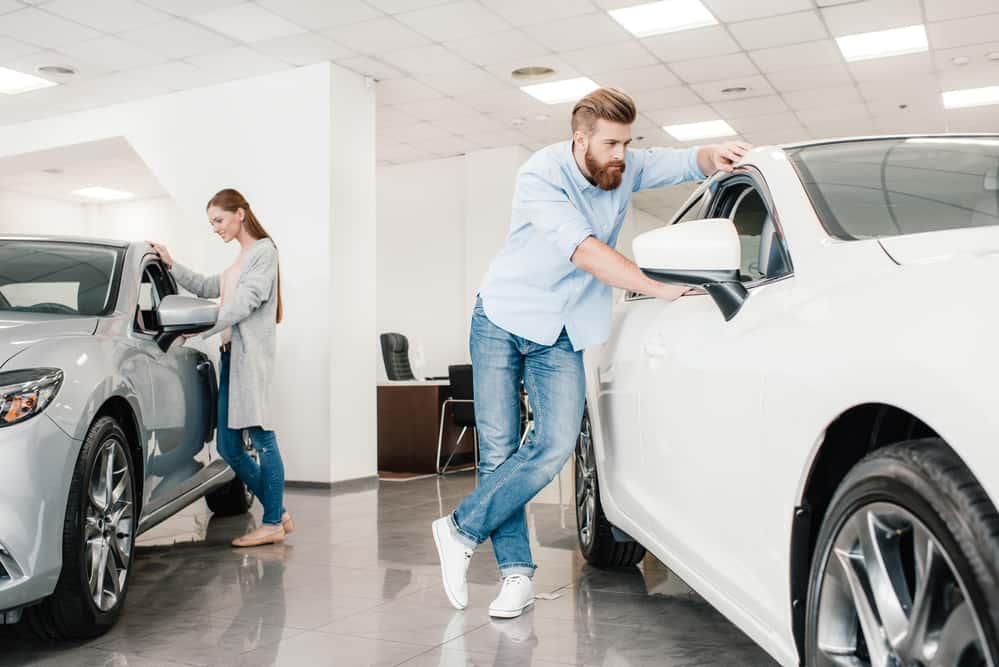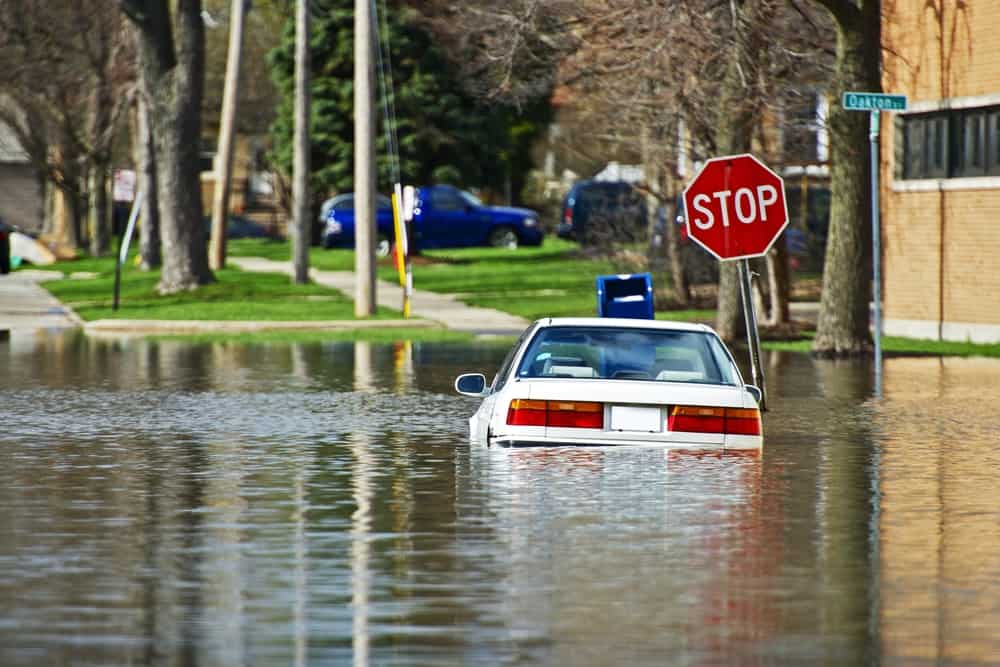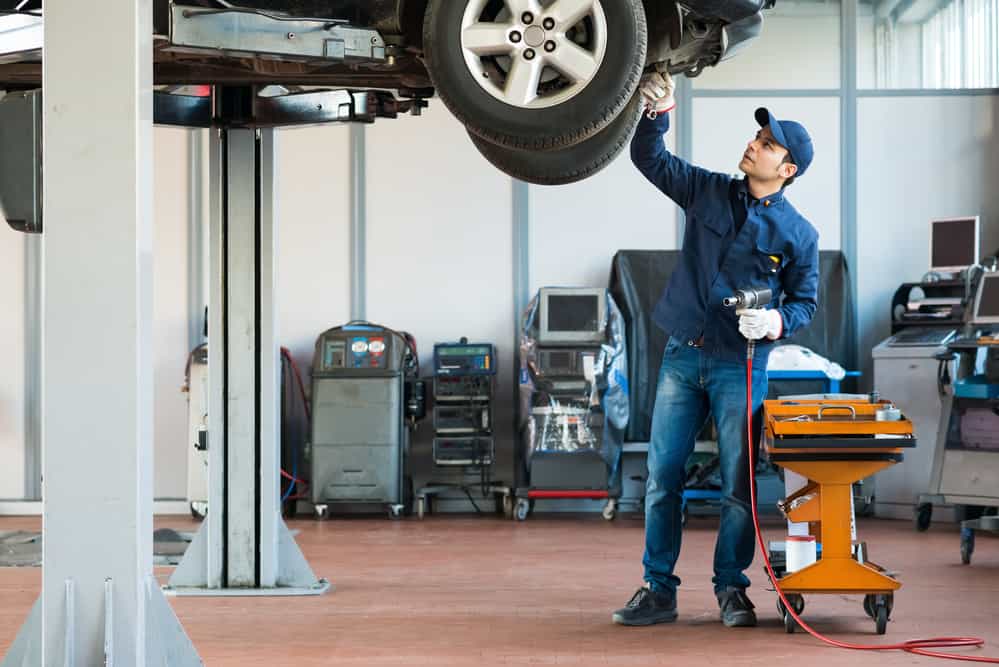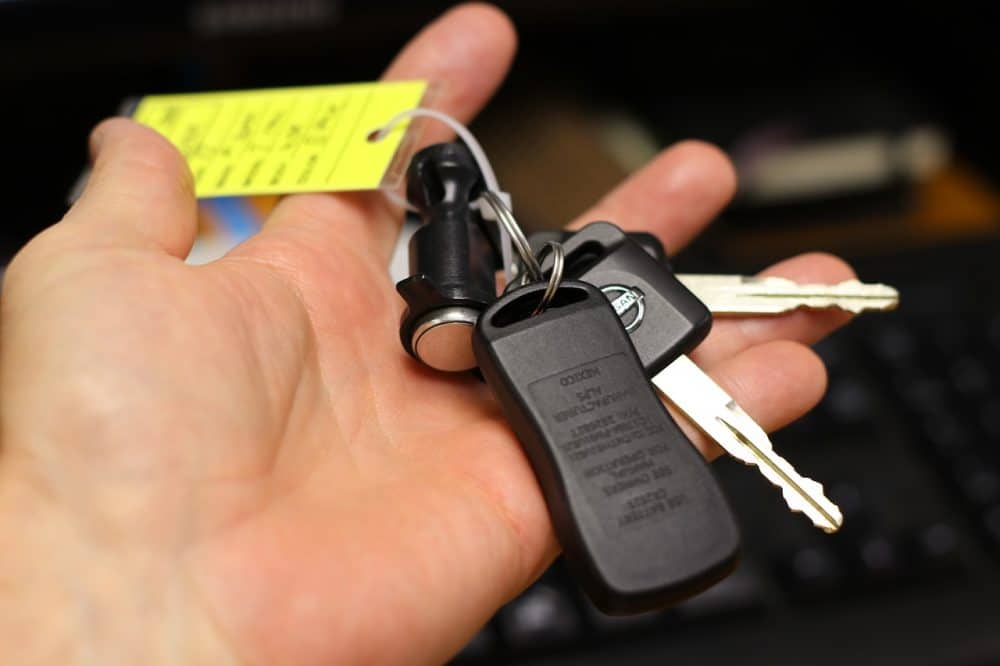If you are in the market for a used car for yourself or a first car for your high-school or college student, you usually begin with a price range. But once you know how much you can spend, do your research on vehicle safety, average gas usage, and reliability. Here’s a five-step plan to help you navigate those murky waters:
Step One: The Plan
Amy Mattinat, owner of Auto Craftsmen in Montpelier, Vermont and author of “How to Buy a Great Used Car,” says before you begin your search, you should understand your own needs. She suggests asking these questions:
What style of vehicle do I need? What are my space considerations? Do I need a truck for routine hauling, or do I typically carry a number of people in my vehicle?
Is the majority of my driving on the highway or in the city? Do I need all- or four-wheel drive for rough terrain?
What are the options that I can’t live without – air conditioning and heating, power steering, etc.? And what are the options I don’t need but would love to have – power locks, wi-fi, sunroof, etc.?
What is my main concern – reliability, safety, price or design?
How much can I afford? When budgeting, make sure you include the cost of the car, registration, insurance and any repairs it might need to make it safe and reliable – and that could mean anywhere from $500 to $5,000 in added costs. Remember, a used car is not without issues – the owner may be selling it because he or she doesn’t want to spend any more money on repairs.
How will I pay for this car? It is a good idea to have a pre-approved loan in place before beginning to shop.
Step Two: The Search
You can find cars listed for sale at dealerships, in newspapers, local bulletin boards or online sites such as Craigslist, Cars.com or AutoTrader.com. Do more than one search, as online search engines can miss potential buys. Use typical search terms such as make or model, but also do a search with misspellings, or keywords such as “trunk space” or “great gas mileage.” Use convenient apps to help you find cars that are available in your area. Sometimes you will find a hidden gem.
Ask your local bank or credit union if it has vehicles for sale that have been repossessed or turned in for non-payment of loans. Car rental companies often sell fleet cars. Auction houses can get you a great deal, but only if you buy with an expert’s eye. In many cases, you are not able to see the vehicle in person or hear it run before buying.
Make sure you practice safety when you view a car. Consider meeting a private seller at a safe, neutral location instead of at his or her home.
Step Three: The Inspection
You found a used car and have had a look-see. You love the color. But you need to fall out of love and back into reality. Here’s an inspection check-list:
Does the vehicle have everything on your list of needs?
When was the car last serviced? Has it had regular oil and filter changes? Did it need repairs? What garage performed the work? Does the owner or the garage still have the service records?
Is there rust or damage to the body? Has it been repainted, and if so, why? Was the car involved in any accidents?
Did the sellers buy the car new? Mattinat says that original owners tend to take better care of their vehicles.
Wiggle the wires. Flex some of the wires beneath the dashboard. Wet wires become brittle upon drying and may crack – indicating water damage. Lift the hood and check fuel lines and other wires for cracking or discoloration.
Kick the tires. Sure, you can replace old and worn tires. But new tires are expensive and will add to the overall cost of the vehicle. Check tread wear, cracking, and other damage on each tire. Make sure the tires are the correct size for the car, and if they are winter or summer tires.
Check the mileage. Most car owners average 10,000 to 12,000 miles per year, so know what to expect according to the age of the vehicle.
Compare the address on the vehicle registration to the address on the title and/or driver’s license. Also make sure the VIN (vehicle identification number) on the dashboard or door matches the number on the car title.
Now take it on the road. Use all your senses to determine the car’s overall health – how does it feel, sound, look – and smell? Write down any questions or observances. You will use this later.
Avoid flood-damaged vehicles
With the recent storms and hurricanes ravaging the coasts of the United States, thousands of vehicles were damaged by floodwaters. But not all of them go to the junkyard. Some could show up for sale online or at used car lots hundreds of miles away from the storm-damaged location.
You don’t want one, no matter what the price. Flood-damaged cars are dangerous to drive. A water-soaked transmission or engine can fail without warning. So can the electrical or computer mechanisms that govern safety systems such as airbags or anti-lock brakes. Consumer Reports advises that a consumer check the vehicle for signs of deep water exposure. Read the title – when a flooded car is totaled, a new “salvage” title is required. These titles are usually marked with the words “salvage” or “flood,” but some states mark the titles with a number code. The American Association of Motor Vehicle Administrators (AAMVA) states that it is very likely that many states will see flood-damaged vehicles enter the used vehicle markets.
Here’s how to check for flood damage:
Watch out for “title washing.” Insurance companies often declare flood-damaged vehicles a total loss, then resell them to auto salvage companies. Salvaged or flooded vehicles are required by law in many states to be identified as such, so unscrupulous sellers clean them up and ship them to states that do not require identifying flood-damaged vehicles on the title. That’s called “title washing.” Be especially wary of any vehicle whose title has been “lost” and any vehicle priced well under book value. Check with your state to see if sellers are required to identify salvage or flood-damaged vehicles.
Get the Facts. Make sure you get a vehicle history report on the car in question. You can also check the free National Insurance Crime Bureau (NICB) VINCheck or the National Motor Vehicle Title Information System, a joint effort of the U.S. Department of Justice and the American Association of Motor Vehicle Manufacturers.
Carefully inspect the car. Check the trunk, glove compartment, dashboard and below the seats for signs of water damage such as silt, mud or rust. Use a flashlight to check under the dash for signs of rust on the heads of unpainted, exposed screws. Examine upholstery and carpeting closely; if it doesn’t match the interior or fits loosely, it may have been replaced. Discolored, faded or stained materials could indicate water damage. Look under the carpets for signs of dampness or mud.
Don’t let the electronics slide. Electronics, including computer chips, hate water. Turn the ignition key and make sure accessory and warning lights and gauges turn on and work properly, including the lights for the airbag and ABS come on. Test the interior and exterior lights, windshield wipers, turn signals, radio, heater and air conditioner, cigarette lighter, and computer ports several times to make sure they work.
Test the water. Check headlights and tail lights for signs of water build-up. This could include fogging inside headlamps or a telltale water line. Also check for signs of a waterline on the exterior paint. Look inside the wheel wells for indications of water. Check brake components for evidence of rust.
Check fluids for signs of water contamination. Look at the air box (where the air filter is located) and check for signs of water infiltration.
Take a deep breath and smell. Does the car smell musty from mildew? A strong perfume smell from an air freshener or cleaning solution could be covering up a problem.
Step Four: The Consideration
OK, so you’ve asked the right questions and gotten the right answers. You have driven the car and so far, so good.
We mentioned a vehicle history report in the last section, but it is worth mentioning again. This report is like a medical file for the car, telling you the repair history of the vehicle. It will tell you whether the car has been involved in a safety-related recall, an accident, flood, tornado or hurricane and whether it’s been repaired – or not. It will even tell you whether it’s been reported stolen or if its odometer has been rolled back to make the car look less used. (The U.S. government estimates a half-million vehicles with fraudulent odometer readings are sold each year, costing us buyers more than $1 billion.) Insurance companies also use vehicle history reports to help determine vehicle value in a claim.
Most new car dealerships include a vehicle history report as part of the purchase price of a used car they’ve taken in trade. The dealer needs to know the vehicle’s true value, including how much repair is needed, before he can sell it. However, few private sellers offer a report unless the car is in truly mint condition and the report is equal to a five-star review. If your used car dealer or private seller does not offer you a report, invest in your own. The $15 to $100 it costs can save 100 times that much in aggravation, repair costs, even hospital bills.
History reports are based on the car’s VIN, or vehicle identification number. These days, it’s a tiny bar code on the dashboard near the windshield, the firewall (in the engine compartment), etched on the factory frame or on a sticker that’s usually found on the driver’s door or trunk lid.
Carfax was the first vehicle history reporting company, and it’s the largest. The service charges up to $60 for three reports or $100 for six reports within a given period, which is handy if you are comparing several vehicles. A new feature also allows you to search for vehicles in a specific category or geographic area, such as no reported accidents, single owner, or vehicles that were never part of a rental company fleet.
Newer vehicle history report services that cost less include VinAudit and AutoCheck, which offers unlimited reports for 60 days instead of the standard 30. Vin Check Pro is free, but it requires you to enter the vehicle’s VIN. But there is a caveat: the reports sometimes get it wrong. A vehicle may show a clean report, when in fact the car has had damage but it was never reported to the police or insurance company. And in other cases, a claim number for damage might be listed, but it may not exist – check the police report numbers to see if an accident had actually occurred.
If you are securing a loan for the vehicle, ask your bank, credit union or finance company to see whether they refund the cost of a vehicle history report.
You should purchase a report to check for any known issues with the car you are considering – but don’t stop there. These reports serve as additional, not complete, sources of information. Before you negotiate a price, insist that you be allowed take the car to your mechanic for a once-over. Offer to put down a refundable deposit to hold the car while you take it for an inspection. Obtain a written receipt of the deposit that states it is refundable. If the seller refuses to allow a third-party inspection, walk away from the deal. The seller is likely hiding something.
Take the car to a professional auto technician that has experience and knowledge, says Mattinat. Many buyers take a quick drive around the block, walk around the vehicle, and peek under the hood. But smart buyers have an independent mechanic inspect the vehicle before signing on the dotted line.
He can spot problems that are easily overlooked and put the vehicle on a hydraulic lift to check out the undercarriage of the vehicle as well as pull the wheels to inspect the brakes. Now is the time to pull out that list of observations you made while driving the car. A mechanic can troubleshoot them and either dismiss a problem or point out a potential issue.
Ask the mechanic for his opinion of the asking price. Get an estimate of repairs or maintenance, and attach pictures if possible, or take pictures of the mechanic pointing out any visual evidence. Expect to pay for an inspection out of your own pocket, but don’t skip this step. If you have done your homework, the cost of the inspection can possibly save you hundreds of dollars, and buyer’s remorse.
Know the lemon laws.
There is a federal Lemon Law , also known as the Magnuson-Moss Warranty Act, which provides compensation to those who buy defective cars, trucks, RVs motorcycles and other products including computers and appliances. A “lemon” car does not meet the standards for quality, and affect the safety and value of the car. Six states – Connecticut, Massachusetts, Minnesota, New Jersey, New Mexico, and New York – have lemon laws that include used cars. Some other states have a buyer’s rights and standards for used cars.If your state does not have a used car lemon law, there are some possible options. The Uniform Commercial Code (UCC) covers an implied warranty that the car is safe to drive. Also, the Federal Trade Commission requires used-car dealers to post a buyer’s guide on every used car, with details on warranty information.
Step Five: The Purchase
Now it’s time to consider price. Kelly Blue Book remains a reliable source to make sure the selling price is fair. NADA (National Automobile Dealers Association) has a retail and trade-in value listing, a VIN search and a car comparison. Edmunds offers true market value on used cars, as well as information on reliability and available features for many makes and models.
Print out all the information you have obtained from these sources. If there is a gap in the asking price, explain to the seller that you love the car, but their price doesn’t coincide with market value according to reliable sources. And if your mechanic found issues, point out you will have to spend extra money on repairs to make the car safe and reliable.
Then, says Mattinat, don’t say anything. Let the seller come up with a possible compromise. If it isn’t enough, reply with a thank you, but that number is still over your budget. Ask if they can do better. Ask until they reach their bottom line.
Be willing to walk away from the deal if you, or your wallet, is not comfortable with the sales price. Negotiate with your head, not your heart – there are other cars waiting for your love if this one doesn’t step up to the bargaining plate. In the end, your car is just a tool to get you from Point A to Point B – safe and sound.
If you liked this post, you may also like:
Apps to make car shopping easier
How to painlessly purchase your first car
Should you buy or lease your next car?
How to decide whether to buy or lease your next car

